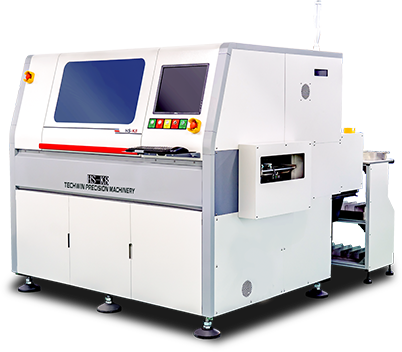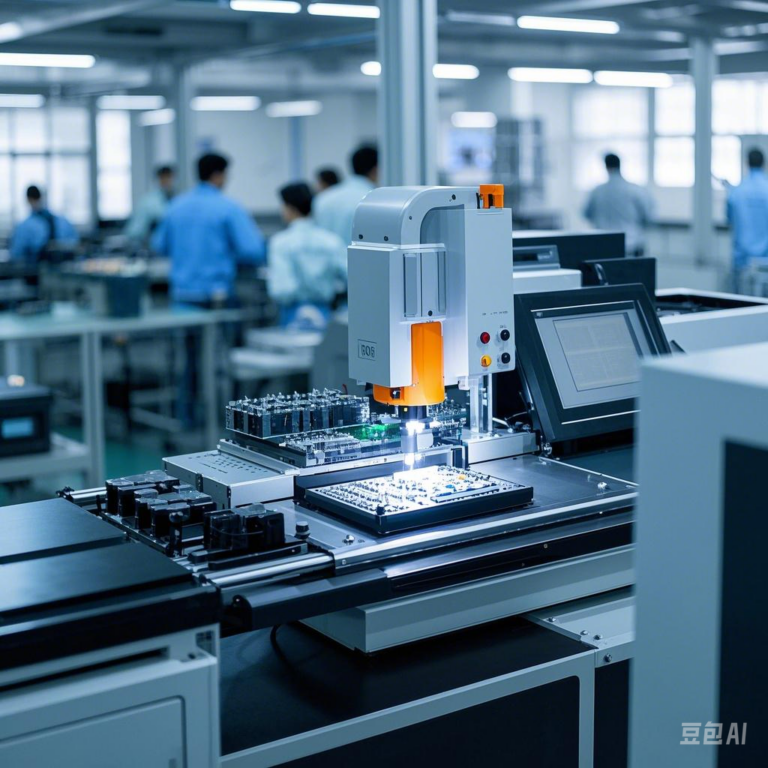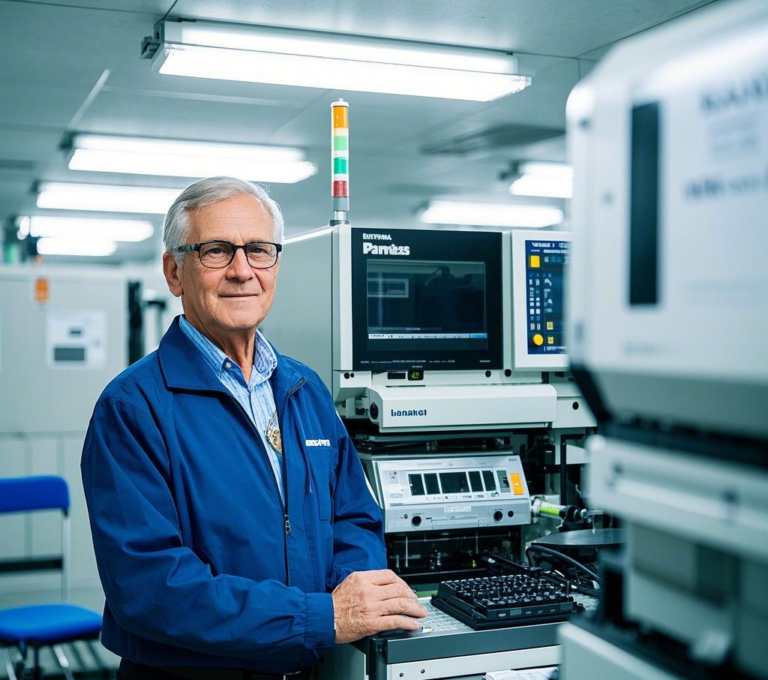Surface Mount Component Summary: Technical Analysis, Application Scenarios and Selection Guide
In the field of electronics manufacturing, Surface Mount Technology (SMT) has become the mainstream technology, occupying more than 70% of the global electronic components market. From consumer electronics to industrial control, from medical equipment to aerospace, SMT technology continues to drive innovation in the industry by virtue of its miniaturization, high precision and low cost advantages. In this paper, we will analyze the core technology of SMT components, application scenarios and selection strategies to help you fully grasp this key technology.
I. SMT components technology base: from packaging to process
1. Encapsulation type and characteristics
SMT components through different packaging forms to achieve functional integration, common types include:
Rectangular chip components: such as 0402/0603 resistors and capacitors, accounting for more than 60% of consumer electronics components.
QFP/QFN packages: used for microcontrollers and sensors, with pin spacing as low as 0.3mm.
BGA/CSP packages: Commonly used in cell phone processors, Apple’s A17 chip uses 3D packaging technology to integrate 5000+ solder joints.
SiP system level package: Huawei’s 5G module integrates RF chip and passive components, reducing size by 50%.
2. Key Process Steps
The SMT production process consists of five core steps:
Solder paste printing: DEK Horizon 03i printer with ±10μm accuracy, controlling solder paste thickness at 100-150μm.
Component placement: Panasonic NPM-D3 placement machine speed of 120,000 CPH, positioning accuracy of ± 5μm.
Reflow soldering: BTU Pyramax 150 reflow oven adopts infrared heating, temperature profile accuracy ±2℃.
AOI Inspection: Omron VT-S800 vision system with 99.99% defect detection rate.
Rework process: OK International MicroPlacer realizes precision repair of 01005 components.
Second, SMT components application scenarios and industry data
1. Consumer electronics: the core of miniaturization and intelligence
Smartphone: each device uses 1500+ SMT components on average, and 01005 package accounts for over 40% (Counterpoint 2024).
Wearable Devices: Apple Watch Ultra 2 motherboard integrates 300+ micro-components with a thickness of only 1.4mm (iFixit teardown).
Smart Home: Xiaomi Smart Speaker realizes 300ms voice response through SMT technology, false wake-up rate < 0.1%.
2. Automotive electronics: benchmark for safety and reliability
Market size: $28 billion by 2024, annual growth rate of 11.3% (Yole Développement).
BMS system: Tesla Model Y battery management module uses 2000+ SMD components, failure rate < 0.01% at -40°C to 85°C.
ADAS technology: Mobileye EyeQ6H chip in SMT package, processing 800TOPS of computing power per second. 3.
3. Medical Devices: Where Precision Meets Life
Pacemaker: Medtronic Micra AV 1.7cm³, 500+ integrated components, 12 year battery life (Medtronic annual report).
Medical Imaging: GE ultrasound probes with embedded SMT technology for image resolution up to 0.1mm (GE Healthcare white paper). 4.
4. Industrial IoT: Stable operation in harsh environments
5G base station: Huawei Tiangang base station accounts for 95% of SMT components, supports 200MHz bandwidth, and reduces power consumption by 30%.
Industrial sensors: SMT-packaged sensors deployed in Siemens factories with 52,000 hours of continuous operation under IP67 protection (Siemens case).





